Released in January 2022, the 10 Pro is OnePlus’s latest flagship phone, featuring a Snapdragon 8 Gen 1 chipset and a 6.7-inch AMOLED display with 1440 x 3216 pixel resolution.
The rear camera combines a 48MP primary camera with a 50MP ultra-wide and an 8MP tele module. Video can be recorded at 8K resolution and 24 frames per second, or in 4K at up to 120fps. Like on recent Oppo devices, the Swedish camera maker Hasselblad was involved in the camera development, contributing its “Master Style” color profiles.
Let’s see how the OnePlus 10 Pro does in the DXOMARK Camera tests.
Key camera specifications:
- Primary: 48MP Sony IMX789 1/1.43″ sensor, , 23mm equivalent focal length, f/1.8-aperture lens, OIS
- Ultra-wide: 50MP 1/2.76″ sensor, 150° field of view
- Tele: 8MP sensor, 1.0µm pixel size, f/2.4-aperture lens, OIS
- Dual-LED flash
- 8K at 24fps, 4K at 30/60/120fps, 1080p at 30/60fps (tested at 4K/30fps)
About DXOMARK Camera tests: For scoring and analysis in our smartphone camera reviews, DXOMARK engineers capture and evaluate over 3000 test images and more than 2.5 hours of video both in controlled lab environments and in natural indoor and outdoor scenes, using the camera’s default settings. This article is designed to highlight the most important results of our testing. For more information about the DXOMARK Camera test protocol, click here. More details on how we score smartphone cameras are available here.
Test summary
Scoring
Sub-scores and attributes included in the calculations of the global score.
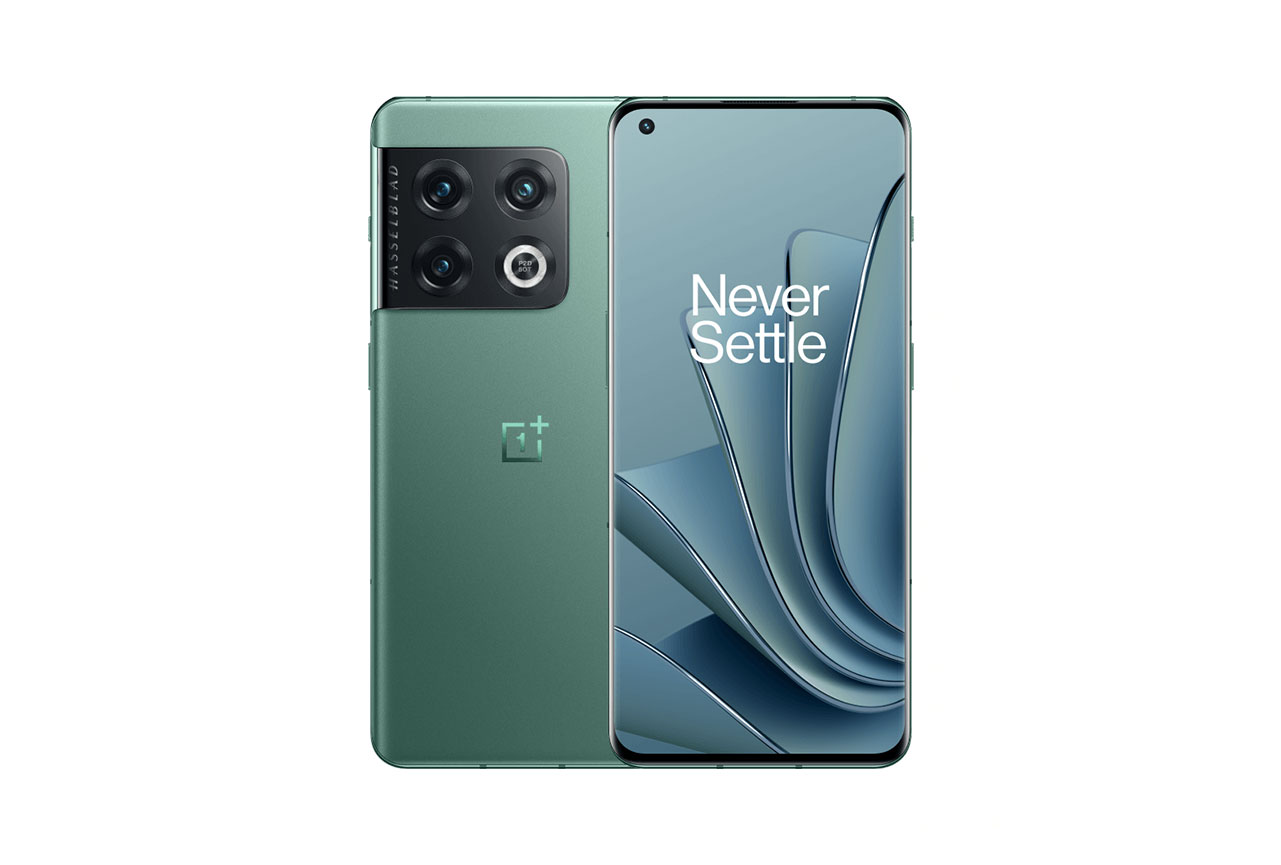
OnePlus 10 Pro


Use cases & Conditions
Use case scores indicate the product performance in specific situations. They are not included in the overall score calculations.
Outdoor
Photos & videos shot in bright light conditions (≥1000 lux)
Indoor
Photos & videos shot in good lighting conditions (≥100lux)
Lowlight
Photos & videos shot in low lighting conditions (<100 lux)
Friends & Family
Portrait and group photo & videos
Pros
- Good exposure and wide dynamic range in bright light and indoors
- Good detail
- Low noise
- Accurate subject isolation in bokeh mode
- Good flash exposure and detail on night portraits
- Good exposure preview, smooth zooming in preview
- Good detail in bright light and indoor medium and long range tele shots
- Good texture in low light video
- Fast, accurate and smooth video autofocus
- Effective video stabilization
Cons
- Color artifacts, pink cast, especially in low light
- Unnatural detail rendering on faces
- Ghosting and fusion artifacts
- Strong chroma and luminance noise in flash-off night shots
- Less dynamic range in preview than in capture
- Noise and lack of detail on ultra-wide camera
- Lack of detail in bright light video
- Unstable video white balance in low light
- Frame shift in video
With a DXOMARK Camera score of 127, the OnePlus 10 Pro cannot keep up with the best devices in the Ultra-Premium segment. It performs on a similar level as slightly older devices, such as the Apple iPhone 12 Pro and the Oppo Find X2 Pro.
Overall, the device delivers a well-balanced performance and does well in all conditions except low light, where we observed some color and exposure issues. The 10 Pro has been slightly improved over its predecessor, the 9 Pro, in most areas, but image quality on the ultra-wide camera has made a step backward.
In photo mode, the 10 Pro does perform well overall, but we would have expected more from a flagship device. While image quality is generally pretty high in outdoor and indoor conditions — images show a very good texture/noise trade-off and exposure is usually accurate, with wide dynamic range — there are issues in low light. Color in general could be better, too, and the autofocus is comparatively slow.
When zooming out, using the ultra-wide camera, the 10 Pro is actually worse than its predecessor, capturing less detail and more noise. There are also ringing artifacts, and the camera has a tendency to overexpose in low light, often resulting in highlight clipping. White balance is mostly accurate except in low light where warm casts are visible. Outdoors, green tones, and therefore vegetation, can look unnatural. On the positive side, anamorphosis is very well corrected, but we did observe some instabilities.
The tele camera sacrifices some dynamic range for better rendering of mid-tone and shadow areas. This results in better skin tones than on the 9 Pro but also in highlight clipping. Detail is improved and noise is less intrusive than on the 9 Pro. On the downside, colors are usually desaturated and exposure is slightly dark in low light.
In video mode, the 10 Pro does a good job in bright light and indoors. Exposure is good but dynamic range is limited, especially in the highlight region. Skin tones, color rendering, and white balance are all pleasant, but our testers observed some instabilities in low light. The autofocus is smooth and quick, providing good face tracking. On occasion, focus can be slightly lost, though. The video stabilization system works well when walking while recording, but frame drift is often noticeable when panning quickly or running with the camera. We also saw some sharpness differences between frames when walking in low light.
Photo
The OnePlus 10 Pro achieves a Photo score of 132. In this section, we take a closer look at each sub-attribute and compare image quality against competitors.

Exposure and Contrast
OnePlus 10 Pro
96
111
In these tests, we analyze target exposure, contrast, and dynamic range, including repeatability across a series of images. Tests are undertaken in a wide range of light conditions, including backlit scenes and low light down to 1 lux. The score is derived from a number of objective measurements in the lab and perceptual analysis of real-life images.
In this difficult backlit scene, the OnePlus 10 Pro does well. Exposure on the faces is good while a wide dynamic range avoids highlight clipping in the brighter background.
In low light, the camera’s performance is not quite as good. Target exposure is often darker than rivals and dynamic range is more limited.

Color
OnePlus 10 Pro
93
107
In these tests, we analyze color rendering, skin tones, white balance, and color shading, including repeatability across a series of images. The score is derived from a number of objective measurements in the lab and perceptual analysis of real-life images.
In bright light and indoors, skin tones are usually nice, but color artifacts can be noticeable. In this scene, we can see an area with a pinkish cast on the model’s leg. This is not visible on the comparison devices.
In this low light portrait scene, the OnePlus 10 Pro produces a strong pinkish cast that looks very unnatural.

Autofocus
OnePlus 10 Pro
92
109
In these tests, we analyze autofocus accuracy and shooting time, including repeatability, in the lab. We test focus failures, depth of field, and tracking of moving subjects using perceptual analysis of real-life images.
The 10 Pro’s autofocus is slower than the competition in most conditions, and sometimes also not very consistent. The predecessor OnePlus 9 Pro performs similarly, but the iPhone 13 Pro Max and Oppo Find X3 Pro are generally faster and more repeatable. In this graph, we can see that 10 Pro varies more than the other devices in terms of accuracy, and its autofocus also fails for a few shots.
This graph plots edge acutance against shooting time measured on the AFHDR set up on a series of pictures. All pictures are taken at 20 lux with tungsten illuminant and high dynamic range (7EV), with the device mounted on a tripod, 500ms after the target is defocused. Edge acutance is measured on the four edges of the deadleaves, shooting time is measured on an LED Universal Timer.
The camera’s depth of field is generally acceptable but in difficult scenes, like the one below, it can cause some elements of the scene to be out of focus. Here the camera decided to focus on the background face, even though it is smaller in the frame than in the model in the front, which as a result is rendered very soft. The 9 Pro uses a similar approach, while the iPhone puts the focus on the nearest face in the scene.

Texture
OnePlus 10 Pro
104
111
In these tests we analyze texture on faces and objects, including objects in motion, in a range of light conditions, using several lab test setups and perceptual analysis of real-life images.
The OnePlus 10 Pro captures good detail but, as expected, a slight loss of texture is noticeable in low light. Overall texture performance is close to the competition. In this graph, we can see the 10 Pro does well and is quite close to the iPhone 13 Pro Max in all conditions. The Oppo is slightly better in low light, but the 10 Pro shows an improvement over its predecessor in dim conditions.
Detail is nicely preserved on the 10 Pro but can sometimes look a little unnatural under close inspection. This lab sample shows good detail but also strong sharpening. We also noticed the appearance of an unpleasant dot pattern, particularly on the face.

Noise
OnePlus 10 Pro
80
102
In these tests, we analyze noise on faces and objects, including objects in motion, in a range of light conditions, using several lab test setups and perceptual analysis of real-life images.
Noise is generally well controlled in all conditions. Noise levels are very low in bright light, and noise is slightly visible indoors and in low light. Overall the 10 Pro is close to the Oppo Find X3 Pro and better than the iPhone 13 Pro Max, especially in low light.
In this indoor scene with motion, noise is low on both subject and background, which is a big improvement over the 9 Pro, which shows noticeably more noise. Noise is also slightly higher on the Oppo Find X3 Pro.

Bokeh
OnePlus 10 Pro
65
80
For these tests, we switch to the camera’s bokeh or portrait mode and analyze depth estimation, bokeh shape, blur gradient, and repeatability, as well as all other general image quality attributes mentioned above. The score is derived from perceptual analysis of real-life images.
When shooting in bokeh mode subject isolation is accurate and repeatable. In this sample the blur around the subject is nice but the blur gradient looks a little unnatural. This is especially noticeable on the ground.

Night
OnePlus 10 Pro
59
82
In these tests, we shoot a selection of images in pitch-black darkness as well as with city lights in the background providing some illumination. We shoot sample images with the camera at default settings in both flash-auto and flash-off modes. We analyze all image quality attributes but we pay particular attention to exposure, autofocus, and color. We do not test night modes that have to be activated manually.
When shooting in flash-off mode, target exposure is accurate and images show good detail. On the downside, there is a very visible chromatic noise. Shadow clipping and white balance issues, for example a pink hue, are often noticeable as well. In flash-auto mode we also observed white balance instabilities.

Artifacts
OnePlus 10 Pro
67
77
In these tests, we check images for optical artifacts such as vignetting, flare, lens softness in the corners, distortion, and chromatic aberrations, as well as for processing artifacts such as ghosting and fusion errors, hue shift, and ringing.
The OnePlus 10 Pro produces a range of image artifacts, including corner softness, ringing, color quantization or color fringing. Fusion artifact and ghosting are often noticeable as well. In this HDR scene, we can see fusion artifacts, halo, and ringing in the background.

Preview
OnePlus 10 Pro
69
80
In these tests, we analyze the image quality of the preview image and the differences between preview images and captured images, particularly in terms of exposure, dynamic range, and bokeh effect. We also check the smoothness of the field-of-view changes in the preview image when zooming with both buttons or when using the pinch-zoom gesture.
When looking at the preview image on the phone’s display, target exposure is similar to the final image. However, dynamic range is more limited, so areas that are clipped in preview might show more detail in the final capture.
Zoom
The OnePlus 10 Pro achieves a Zoom score of 72. The Zoom score includes the tele and wide sub-scores. In this section, we take a closer look at how these sub-scores were achieved and compare zoom image quality against the competitors.

Wide
OnePlus 10 Pro
38
58
In these tests, we analyze the performance of the ultra-wide camera at several focal lengths from 12 to 20 mm. We look at all image quality attributes, but we pay particular attention to such artifacts as chromatic aberrations, lens softness, and distortion.
Even though white balance is usually fairly neutral in bright light, green tones can be rendered inaccurately, like in the grass in the sample below. Dynamic range is very similar to the 9 Pro and better than on the iPhone but tone compression is visible on highlights. More fine detail is lost than on the predecessor 9 Pro, and noise is slightly visible in the shadows. Color fringing is more visible than on the comparison devices references (visible on the edges of the trunk of the tree on the right).

Tele
OnePlus 10 Pro
95
140
In these tests, we analyze all image quality attributes at focal lengths from approximately 40 to 300 mm, paying particular attention to texture and detail. The score is derived from a number of objective measurements in the lab and perceptual analysis of real-life images.
When shooting at tele settings, the camera produces good exposures in bright light and indoors. However, dynamic range is more limited than on the rivals, often resulting in highlight clipping. Colors are often desaturated but in the sample below, skin tones are better than on the competitors. Texture rendering is pretty good, while noise is kept at acceptable levels and fairly finely grained.
Video
In our Video tests, we analyze the same image quality attributes as for still images, such as exposure, color, texture or noise, but we also include such temporal aspects as speed, and smoothness and stability of exposure, white balance, and autofocus transitions.
NOTE: The sample video clips in this section are best viewed at 4K resolution.
The OnePlus 10 Pro achieves a Video score of 110. A device’s overall Video score is derived from its performance and results across a range of attributes in the same way as the Photo score. In this section, we take a closer look at these sub-scores and compare video image quality against competitors.

Exposure and Contrast
OnePlus 10 Pro
97
118
In video clips, the OnePlus 10 Pro produces good exposure in bright light and indoors but limited dynamic range can result in clipping of bright areas. This lack of dynamic range is where the 10 Pro falls short compared to the best in class. In this sample exposure is adapted quickly when the lighting changes.
In these video stills from a 300 lux lab scene we can see that the OnePlus clips the bright elements in the scene. The iPhone 13 Pro Max offers a wider dynamic range in all conditions, maintaining better highlight detail. The OnePlus also often shows slight exposure instabilities or stepping when adapting to changing light levels. The iPhone is smoother in this respect.

Color
OnePlus 10 Pro
94
107
Videos show white balance instabilities in all conditions.
In this indoor portrait scene the OnePlus 10 Pro produces nice skin tones, a warm white balance and overall realistic colors.

Autofocus
OnePlus 10 Pro
97
109
Autofocus is well managed by the OnePlus 10 Pro in indoor and low-light conditions. In this scene, the camera does well at tracking the face and reacts just as swiftly as the iPhone.
In indoor conditions some autofocus instabilities are noticeable.

Texture
OnePlus 10 Pro
79
99
OnePlus 10 Pro video footage shows good detail preservation in low light, but detail is lost under indoor conditions and in bright light. In the graph, we can see that 10 Pro’s texture acutance is higher than for the comparison devices in low light (5lux) but lower in bright outdoor light.

Noise
OnePlus 10 Pro
102
105
Noise is visible in video clips in all conditions, but the 10 Pro has improved over its predecessor. It’s not quite as good as the iPhone 13 Pro Max, though.

Artifacts
OnePlus 10 Pro
80
85
For video artifacts, we check for the same kinds of artifacts mentioned in the Photo section, along with such video-specific artifacts as frame rate variation in different light conditions, judder effect, and moving artifacts (artifacts such as aliasing, color quantization, and flare can often be more intrusive when moving than in a still image).
Video artifacts, such as aliasing or ghosting, are more visible on the OnePlus 10 Pro than on the comparison devices. In this sample clip, we can see a judder effect when panning.

Stabilization
OnePlus 10 Pro
98
103
In these tests, we analyze residual motion when handholding the camera during recording, as well as when walking and running with the camera. We also look for stabilization artifacts such as jello effect, sharpness differences between frames, and frame shift (abrupt changes of framing).
The video stabilization system works very effectively while handholding the camera without moving. When walking or running while recording, or when panning the camera, a drift effect is noticeable. In this clip, we can see a slight frame shift around the 20-second mark.


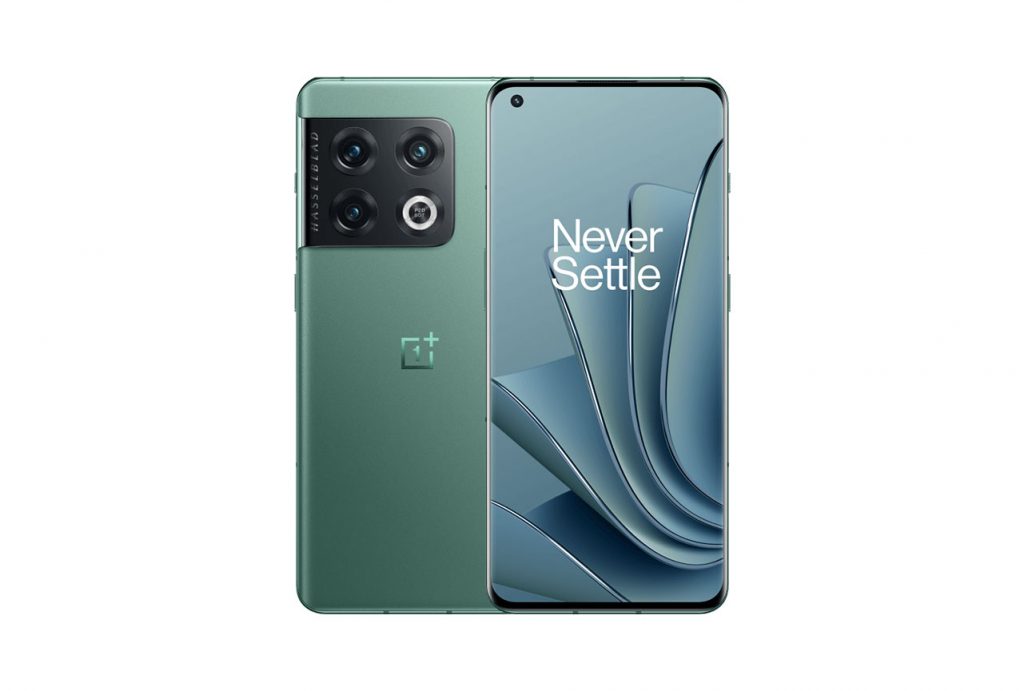
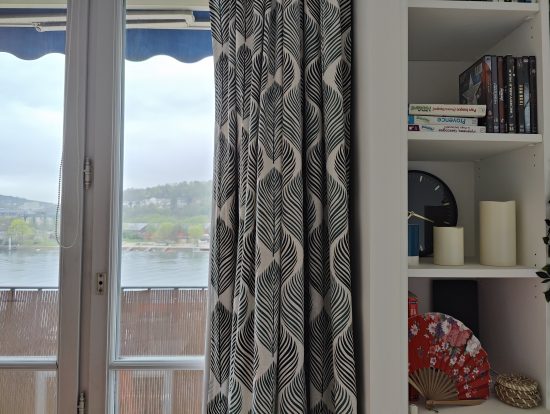



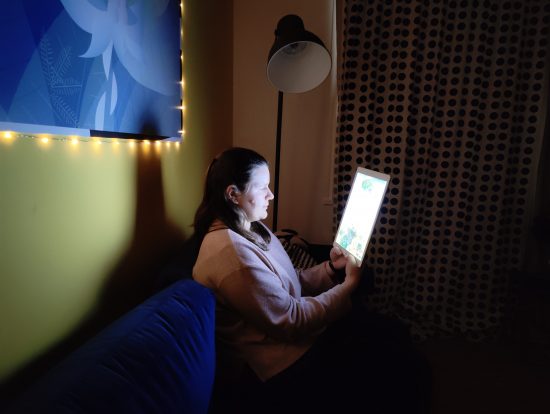
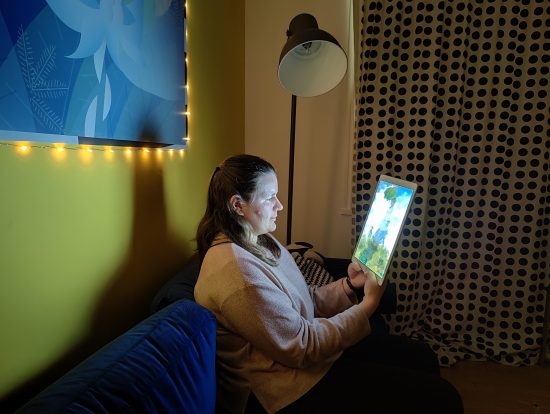
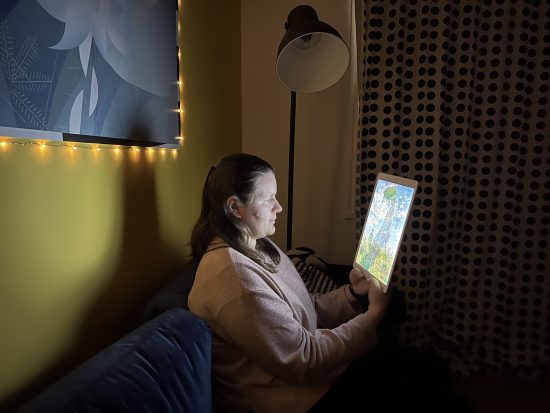






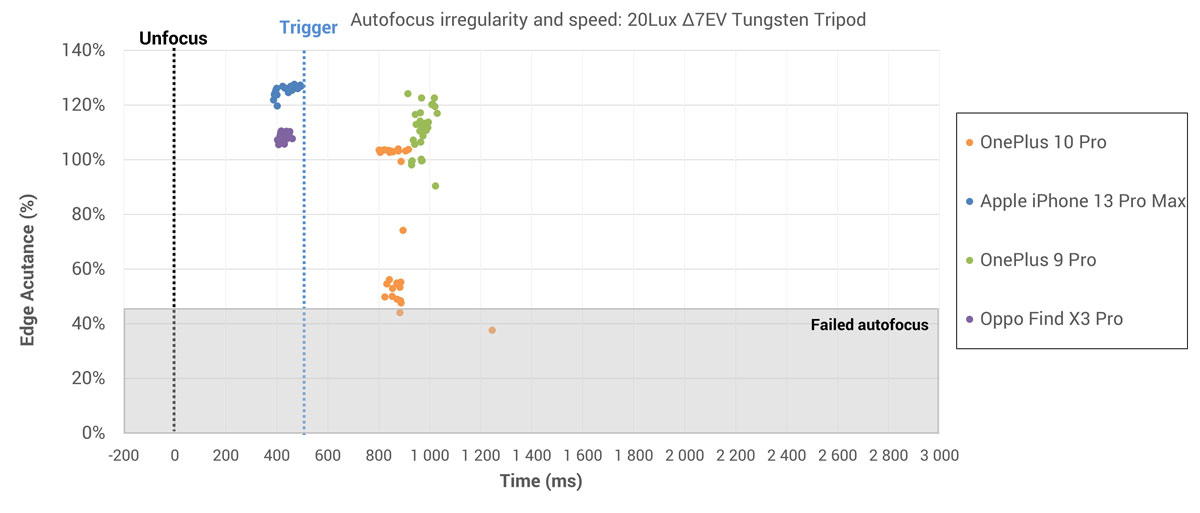
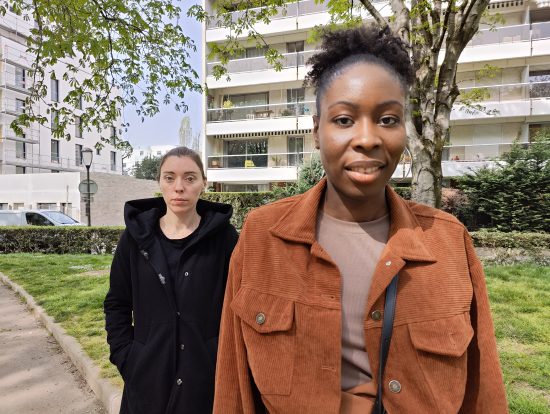
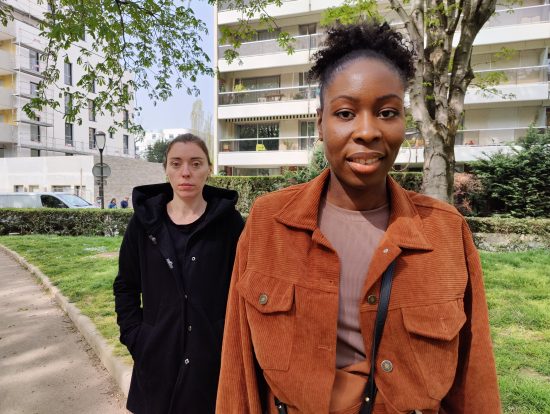
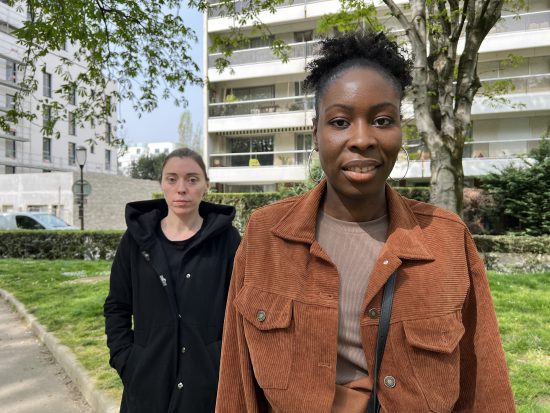
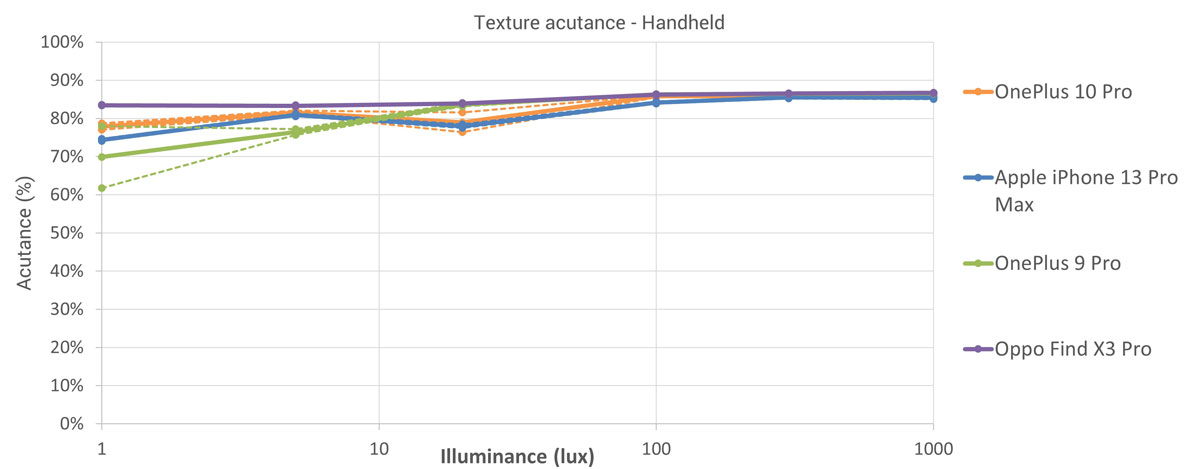













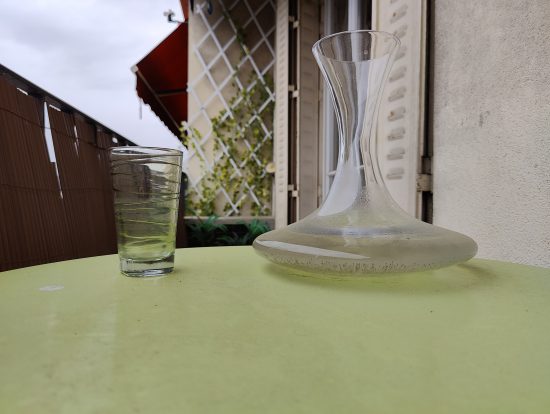
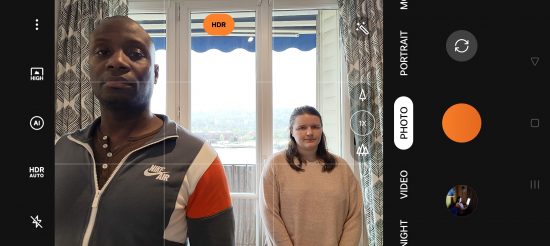







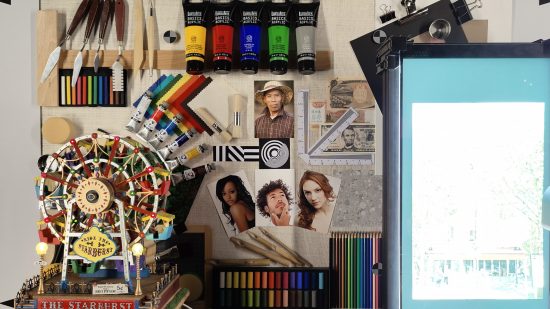
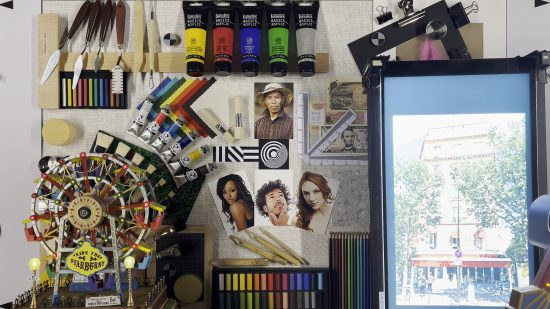
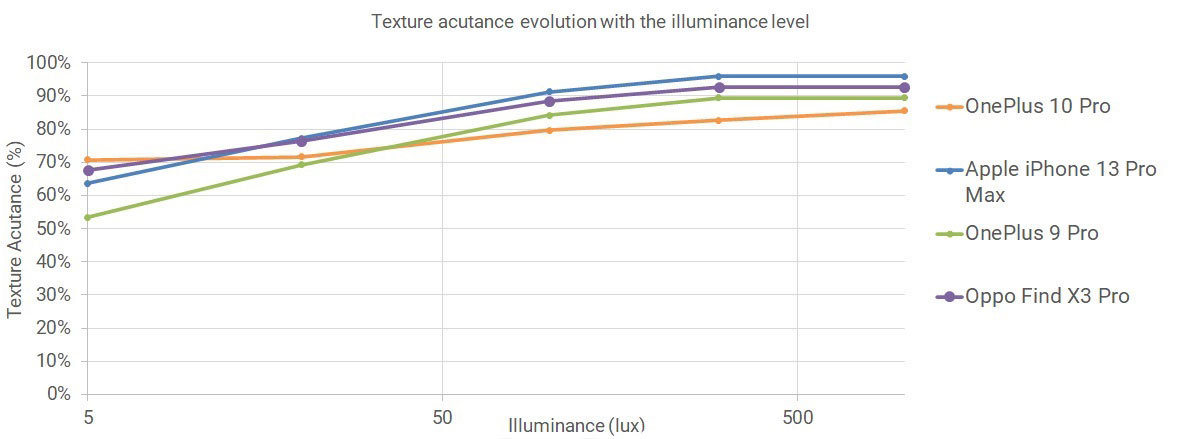
DXOMARK encourages its readers to share comments on the articles. To read or post comments, Disqus cookies are required. Change your Cookies Preferences and read more about our Comment Policy.